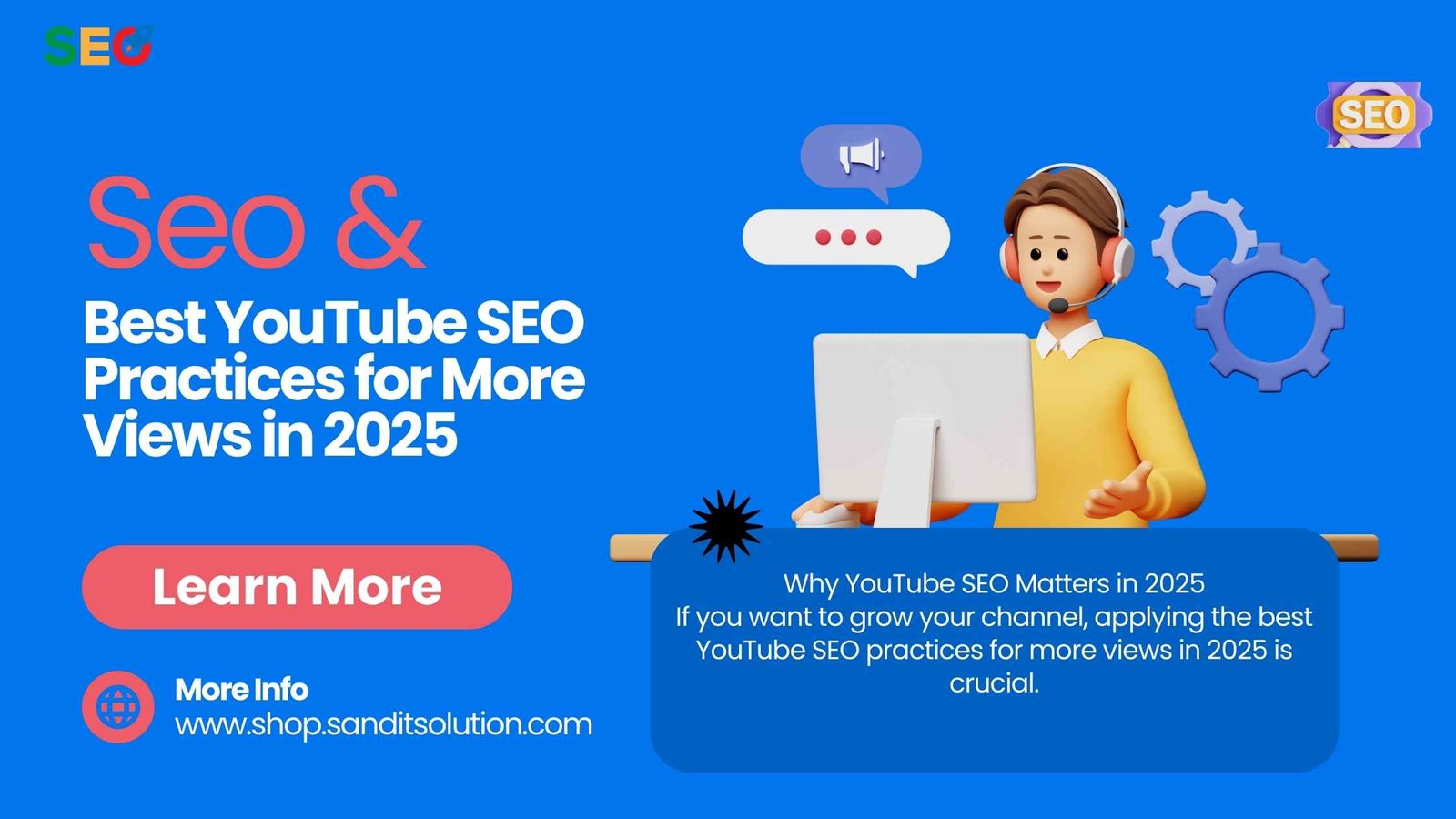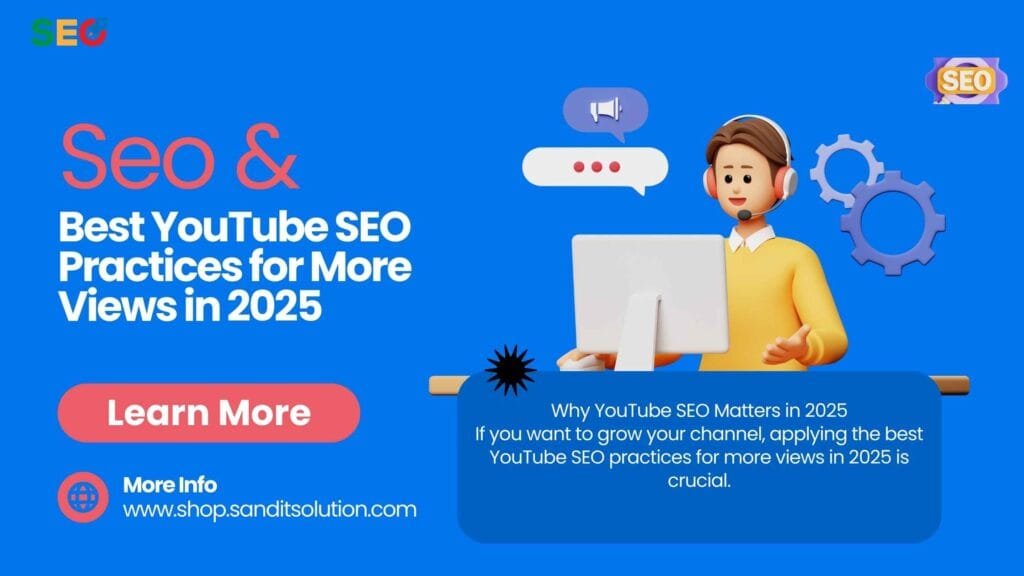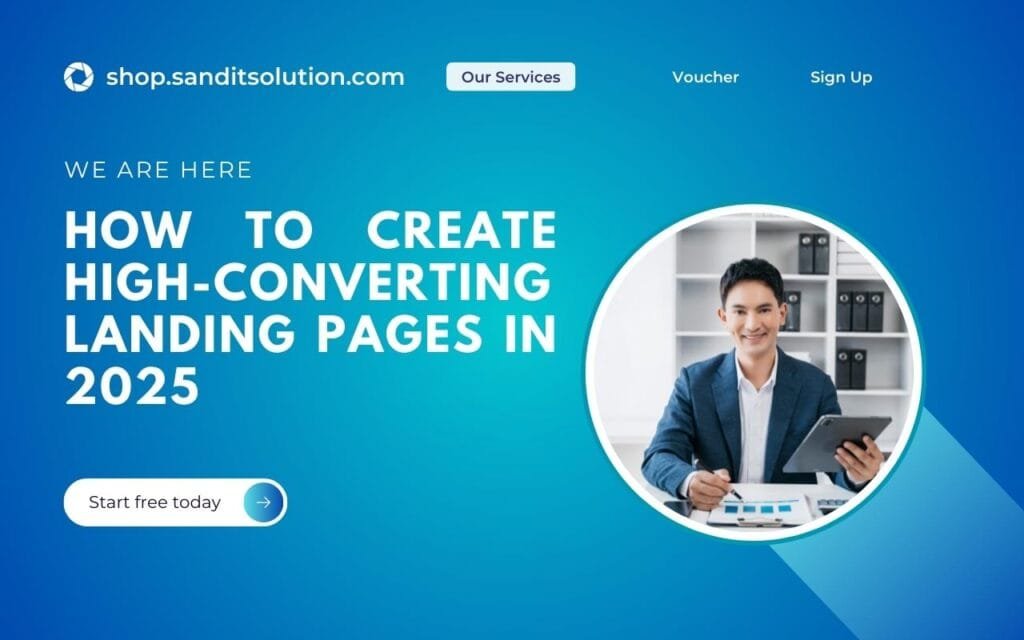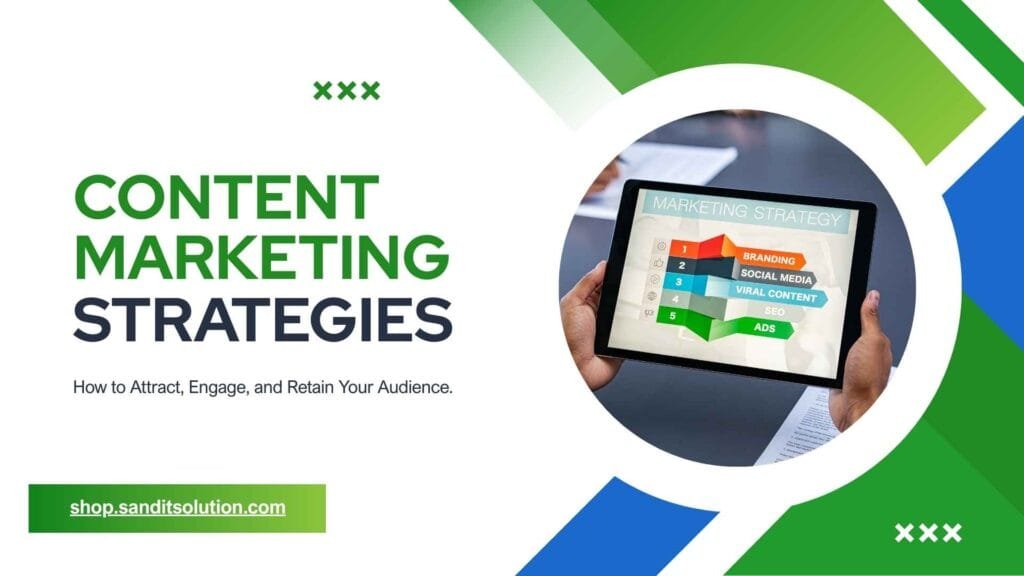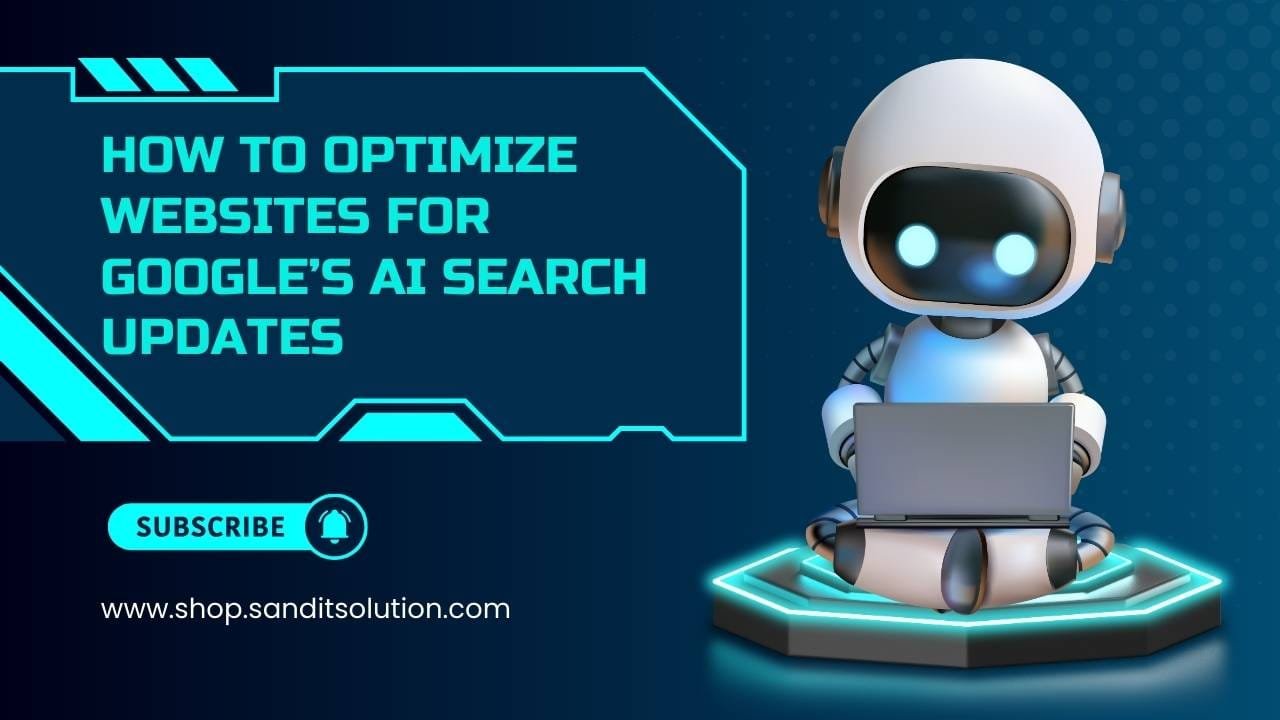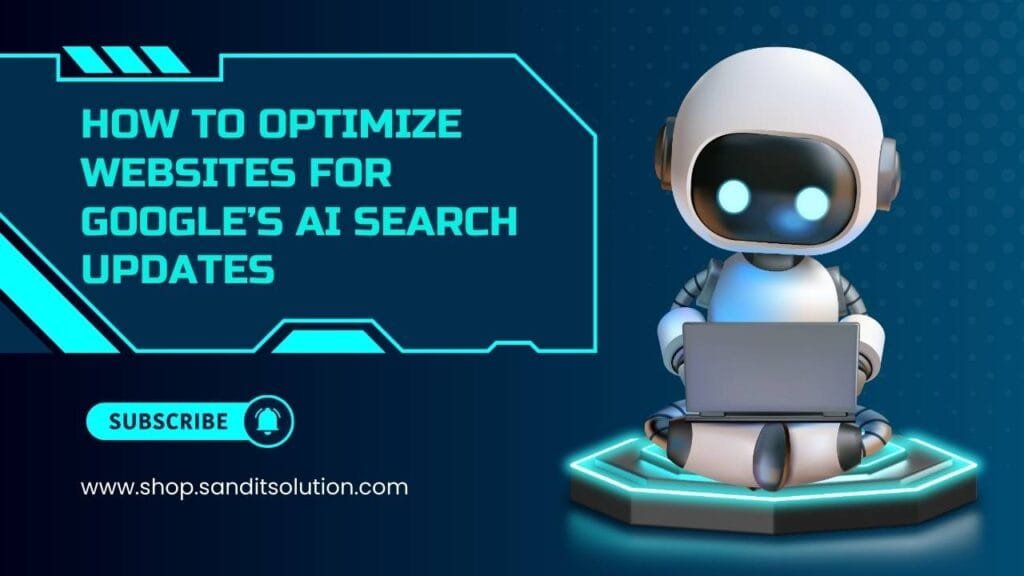
Introduction
Working from home has become the new normal for many entrepreneurs. While the flexibility is liberating, staying productive requires the right setup. With distractions around, the right home-office essentials can make all the difference. Whether you’re building a business, managing remote teams, or launching your side hustle, these must-have tools will help you stay efficient, healthy, and motivated.
1. Ergonomic Workstation Setup
A well-designed workstation is critical for long hours of focused work. Invest in an ergonomic chair and an adjustable desk or laptop stand. These improve your posture and reduce the risk of back or neck pain. An elevated laptop stand paired with an external keyboard allows you to maintain a proper screen height for better comfort.
2. High-Quality Webcam and Microphone
Virtual meetings, pitches, and online workshops are central to remote entrepreneurship. A clear HD webcam and a reliable microphone (or a headset) ensure professional-quality video calls. These tools also help in recording course videos, webinars, or client presentations.
3. Noise-Cancelling Headphones
Whether your home is noisy or you’re working in shared spaces, noise-cancelling headphones are a game-changer. They help you tune out distractions so you can concentrate on deep work or creative tasks. Plus, they’re useful when listening to music, podcasts, or stages of video calls.
4. Productivity Planner or Digital To-Do App
A planner or a digital task manager helps you structure your day. Use a physical productivity planner for handwritten planning and goal-setting, or try digital tools (like Todoist, Notion, or Trello) to manage tasks, deadlines, and project milestones. Clear planning ensures priorities don’t slip through the cracks.
5. Reliable High-Speed Wi-Fi & Portable Backup
Stable internet is the backbone of remote work. Make sure you have a high-speed broadband or fiber connection. It’s also smart to have a portable 4G/5G hotspot or a backup internet plan, especially when you need to join a critical call or upload large files.



